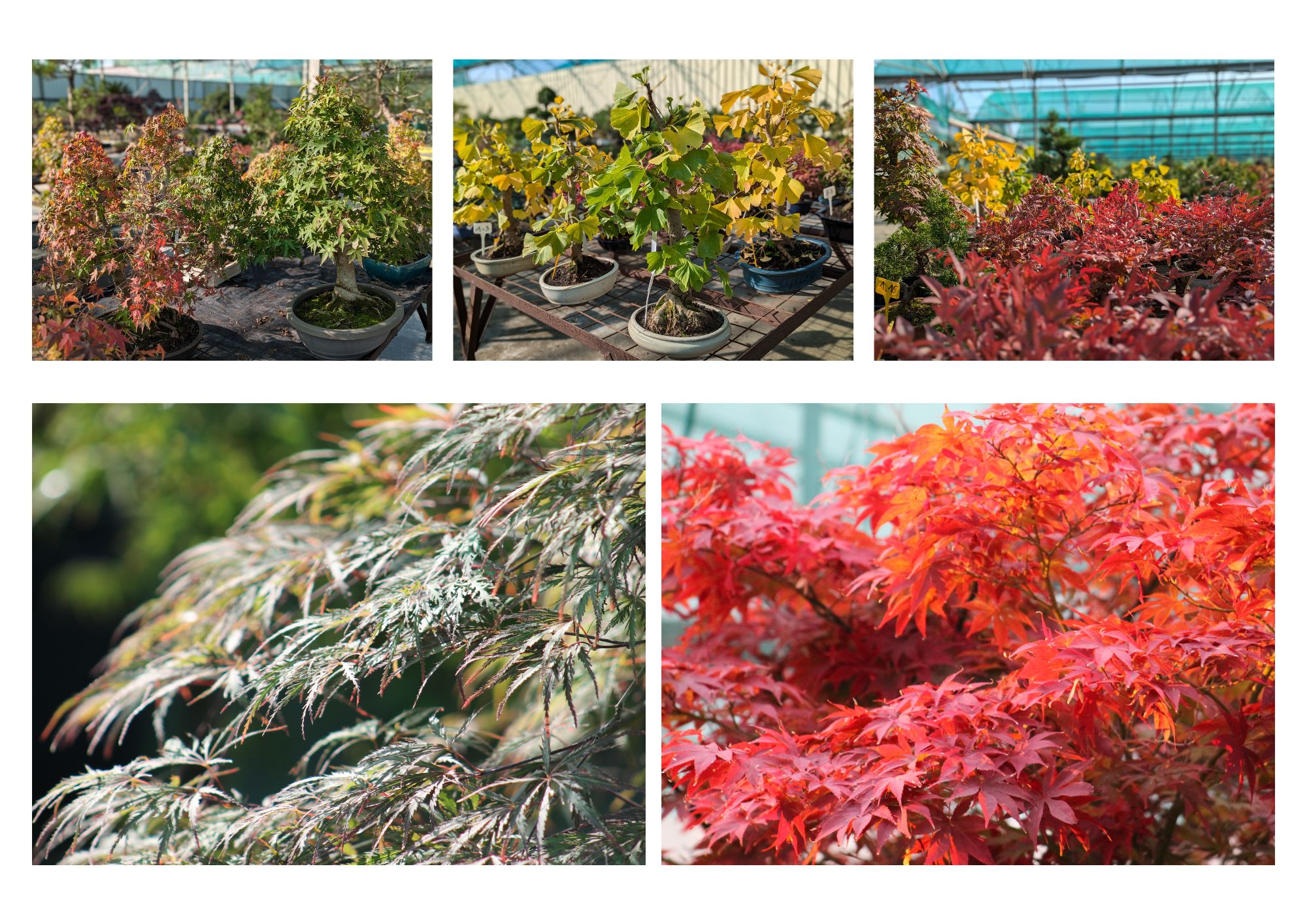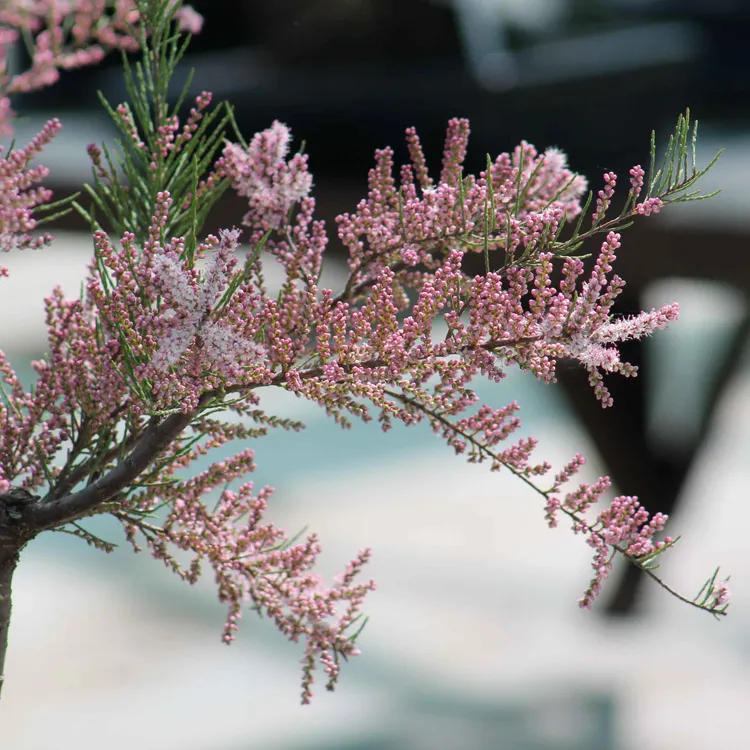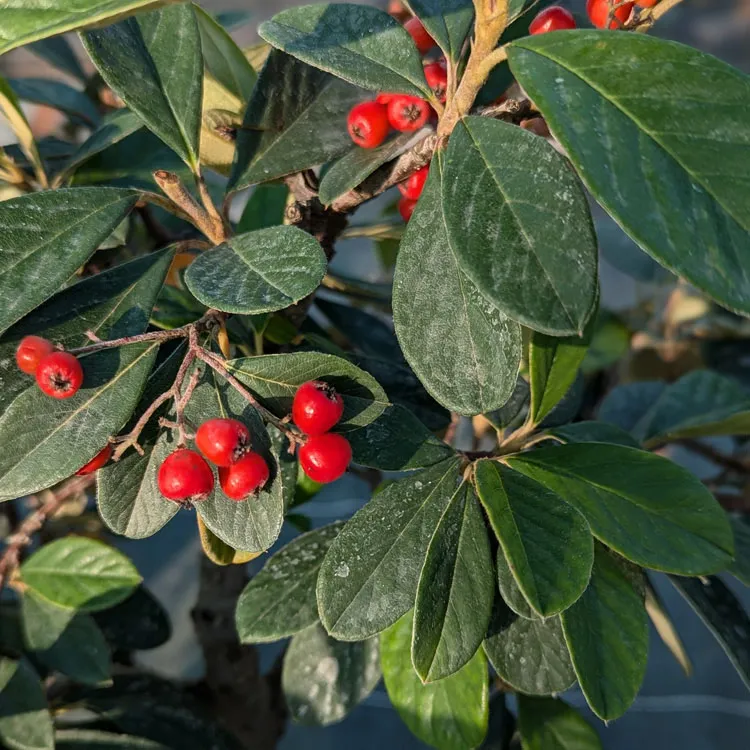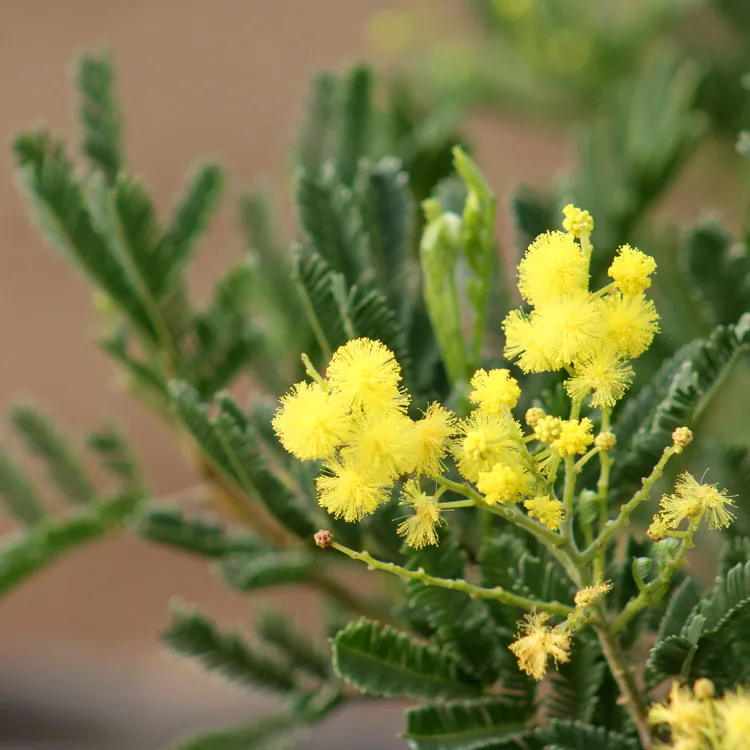How to care for your Bonsai in November: A complete guide to winter
Autumn is drawing to a close, and November heralds the arrival of winter with its first spells of cold and rain. This is the ideal time to prepare your bonsai for the cold season. Depending on your region, you may need to take certain precautions to protect your trees from winter frosts. In this article, you'll find all the maintenance advice you need to keep your bonsai trees healthy and growing in November.
1. Choosing a Protected Spot for your Bonsai
Protection from the cold is crucial for your bonsai in winter. Place them near a wall exposed to the sun during the day; it will store the heat and maintain a slightly higher temperature at night, saving precious degrees. In addition, you can install protection against cold winds to avoid thermal stress. If you have a greenhouse, now is the time to use it, but make sure it is well ventilated to avoid excess humidity.
2. Repotting in November: Advice for Bonsai trees
Repotting is possible for some bonsai species in November, particularly deciduous trees that have lost their leaves, such as maples, hornbeams and oaks. Once repotted, the roots become more vulnerable to frost, which can lead to drying out. So take care when repotting in autumn, especially if there are night frosts. For conifers, it's best to postpone repotting until late winter, in February or March, when the sap has run its course.
3. Managing winter watering
In winter, your bonsai's need for water diminishes, particularly for leafless trees which are less active. Adopt a moderate watering regime and regularly check the moisture content of the substrate a few centimetres below the surface. Although damp nights and morning dew may give the impression that the bonsai is still moist, the root ball may be dry at depth, a common pitfall for beginners. To avoid any risk, keep an eye on the soil and adjust watering accordingly.
For indoor bonsai, place them near a window so they get as much natural light as possible. Be sure to keep them away from radiators or other sources of direct heat, as the ideal temperature is around 18°C. Don't hesitate to spray water on the foliage of your indoor bonsai, particularly for tropical varieties that need plenty of humidity.
4. Fertilising: Feeding Bonsai in November
Even in November, it's a good idea to continue fertilising, especially for bonsai trees still in leaf and conifers. Organic and chemical fertilisers help trees build up nutrient reserves to help them get through the winter. On sunny days, the heat accumulated in the pots can help the roots to absorb the fertiliser despite the lower temperatures.
5. Pruning Bonsai in November
Structural pruning is recommended for bonsai trees that have lost their leaves. Poorly positioned branches can be cut back to shape your tree to your liking. However, avoid pruning flowering varieties such as azaleas, camellias or magnolias, as their flower buds have already formed. Pruning at this time could compromise their spring flowering. On pine trees, it is advisable to remove the old, large needles to encourage light penetration and the appearance of new buds.
6. Bonsai tying and bracing
Binding and guying can be carried out in November, whether on deciduous trees, conifers or tropical species. With growth slowing in winter, the binding wire can remain in place for several months without risk of injuring the branches, giving the tree time to take on the desired shape. For tropical species, however, keep a close eye on the binding to prevent the wire sinking into the bark.
By following these specific maintenance tips for November, your bonsai trees will be better prepared to face the winter and retain all their vitality. With the right preparation, they'll get through this delicate season in good health, ready for the next phase of growth.



 Production of French Bonsai
Production of French Bonsai

























































































